[Newsbits] 14-16.03.2024 – PM-SURAJ Portal, PB-SHABD Service & More

The United States House of Representatives has passed a bill aimed at banning TikTok due to national security concerns, relating to the app’s Chinese ownership by ByteDance. The bill received bipartisan support, with a vote of 352 in favor and 65 against, and now awaits a decision in the Senate. President Biden has expressed his willingness to sign the bill into law if it passes. The legislation requires ByteDance to divest its US assets within six months or face a ban on the app. This move has raised concerns about freedom of speech and the potential impact on the US economy and small businesses. TikTok, with an estimated 170 million users in the US, faces an uncertain future as discussions continue in the Senate, with both supporters and critics voicing their perspectives. The Model Code of Conduct (MCC) is a set of guidelines issued by the Election Commission of India to ensure free and fair elections in the country. It becomes effective from the date the election schedule is announced and applies throughout the country for Parliamentary elections, and within the poll-bound states for Assembly elections. The MCC covers various aspects, including general conduct, meetings, processions, polling day activities, use of polling booths, and the behavior of the party in power, to prevent any actions that could affect the outcome of the elections. While it lacks statutory backing, some of its provisions are enforceable through other statutes like the Indian Penal Code (IPC), the Code of Criminal Procedure (CrPC), and the Representation of the People Act (RPA). Challenges include a lack of awareness among stakeholders, criticism regarding the timing of its application, and limitations in ECI’s powers. Experts suggest providing statutory backing to the MCC and establishing special fast-track courts for quicker resolution of violations. The Election Commission of India (ECI) has released data on electoral bonds following directives from the Supreme Court of India. This initiative aims to enhance transparency in political funding by disclosing details of electoral bonds purchased and redeemed between April 12, 2019, and February 15, 2024. The data, which includes information such as the date of purchase, denomination, name of the buyer, and details of each electoral bond redeemed by political parties, was provided by the State Bank of India (SBI) and uploaded to the ECI’s website. This move comes after the Supreme Court invalidated the Electoral Bonds Scheme, initially introduced in 2017 to allow anonymous donations to political parties. The initiative for simultaneous elections in India, led by a panel with the Law Commission sharing a comprehensive roadmap, aims at the synchronization of Lok Sabha, State Assemblies, and Local Body elections nationwide. This move is driven by the intent to enhance electoral efficiency, reduce the substantial costs associated with separate elections, and minimize administrative and security disruptions. Despite its historical precedent up to 1967, the proposal faces hurdles, including opposition from various parties fearing an erosion of federalism and the substantial legal challenges of amending the Constitution to align election cycles. The proposal suggests significant benefits such as cost savings, increased voter turnout, and streamlined governance, yet faces criticism for potentially centralizing power and overshadowing local issues with national narratives. The central government of India, recognizing the rising incidents of dog attacks and fatalities, has taken a decisive step by directing states to ban the import, sale, and breeding of 23 dog breeds deemed “ferocious”. This move is aimed at safeguarding public safety by controlling the population of breeds that have been identified as a significant threat to human lives. The directive, issued to the chief secretaries of all states and Union Territories, also advises that pets of these breeds already in possession be sterilized to prevent further breeding. This decision underscores the government’s commitment to public safety while also raising questions about the implementation challenges and the implications for animal rights and welfare. India’s new semiconductor projects are a significant step towards achieving technological self-reliance and enhancing domestic innovation. The government has approved three semiconductor plants worth $15.2 billion, which include chipmaking and packaging facilities in Gujarat and Assam. Partnerships with foreign companies like Taiwan’s Powerchip and Micron Technology are central to these projects. The initiative is expected to create a substantial number of jobs and boost indigenous innovation across vital sectors. However, challenges such as the skilled workforce shortage, potential global economic slowdown, and supply chain disruptions need to be addressed. The focus on niche markets for startups and leveraging government support are seen as ways forward. The PM-SURAJ Portal, launched by Prime Minister Narendra Modi on March 14, 2024, is a transformative initiative aimed at uplifting and empowering the most marginalized or backward segments of society. This nationwide initiative, under the Ministry of Social Justice and Empowerment, offers credit support to eligible individuals, particularly targeting 1 lakh entrepreneurs from disadvantaged communities. The portal aligns with related schemes such as NAMASTE, focusing on eradicating unsafe sewer and septic-tank cleaning practices, and others like VCF-SC, VCF-BC, and ASIIM, all designed to support various marginalized groups through financial assistance and empowerment projects. The Uniform Code of Pharmaceutical Marketing Practices (UCPMP) 2024, introduced by the Ministry of Chemicals and Fertilizers, Department of Pharmaceuticals, is a regulatory framework designed to ensure transparency, integrity, and accountability in the marketing practices of the pharmaceutical industry in India. The UCPMP 2024 lays down stringent guidelines for the conduct of pharmaceutical companies and their representatives, prohibiting the provision of gifts, travel facilities, and other financial benefits to healthcare professionals for personal gain. It aims to safeguard the interests of patients and healthcare professionals by promoting ethical practices and curbing unethical behavior within the sector. The code outlines the responsibilities of pharmaceutical companies and associations in enforcing these guidelines, including the establishment of ethics committees for handling complaints and ensuring compliance. FLY91 marks a significant step in India’s aviation sector, focusing on enhancing regional connectivity, especially between Tier 2 and Tier 3 cities. Founded by industry veterans, including Manoj Chacko, and backed by Convergent Finance LLP, FLY91 aims to promote affordable, safe, and hassle-free travel. Its operations started with ATR-72 aircraft, focusing on a no-frills, digitally enhanced service model. The airline’s strategy includes a significant expansion plan, aiming to connect over 50 cities across India within five years and induct 30 aircraft into its fleet, supported by multiple hubs across the country. This initiative aligns with the government’s UDAN scheme to boost regional development and air connectivity. Despite the challenges of operating in a traditionally loss-making business, FLY91’s lean, cost-effective approach and focus on underserved markets present a hopeful outlook for the future of regional aviation in India. The Stockholm International Peace Research Institute (SIPRI) report reveals that India remains the world’s top arms importer, holding 9.8% of global arms sales. Russia, France, and the US are the leading suppliers to India, contributing to 36%, 33%, and 13% of India’s arms imports, respectively. Despite a slight decline in imports from 11% (2018-22) to 9.8% (2019-23) of global sales, India’s significant arms importation reflects its strategic vulnerabilities and efforts towards building a defense-industrial base, yet it’s not among the top 25 arms exporters. India’s retail inflation for February 2024 showed a slight easing to 5.09%, marking a four-month low. This minor adjustment from January’s 5.10% suggests a nuanced change in the economic landscape, influenced by factors such as a significant decrease in cooking oil prices and a slight reduction in the rate of price increase for spices. Despite this, the cost for essentials like pulses and cereals continued to rise, highlighting ongoing challenges in managing the cost of living. Core inflation has shown some comforting signs of easing, which might hint at future economic policy directions as the Reserve Bank of India continues to aim for inflation control within its target range. This period also reflected changes in consumer price indexes across rural and urban regions, indicating nuanced impacts across different demographics. The PB-SHABD service, launched by Union Minister Anurag Singh Thakur, is a pioneering news sharing platform from Prasar Bharati, set to redefine India’s news broadcasting landscape. It offers news feeds in various formats such as video, audio, text, and photos, catering to the diverse needs of media organizations across the country. This service is powered by Prasar Bharati’s extensive network of reporters, correspondents, and stringers, aiming to provide clean feeds of news content devoid of Doordarshan’s logo, across various languages and fifty categories, and it’s available free of cost for the first year as an introductory offer. This initiative is particularly beneficial for smaller news organizations that lack extensive content gathering networks, enhancing media synergy and facilitating the accurate and meaningful dissemination of news content throughout India. The recent announcement by French President Emmanuel Macron to legalize “aid in dying” in France marks a significant shift in the country’s approach to end-of-life care. This legislation aims to allow adults facing intractable physical or psychological pain from terminal illnesses the option to take lethal medication, either by themselves or with assistance if they’re unable. The move follows strong public support for such options and places France alongside other countries that have legalized forms of assisted dying. The legislation seeks to provide a humane way out for those suffering from terminal conditions, balancing the ethical considerations involved in such a deeply personal decision. The process to bring this law into effect will start with a legislative procedure in May, aiming to draft an “end of life” bill by the end of 2023. As this development unfolds, it’s anticipated to spark discussions on the moral and ethical implications of assisted dying, highlighting the importance of educating the public and healthcare professionals about the processes and criteria involved. The Green Climate Fund (GCF), a pivotal initiative in combating climate change, has made headlines in March 2024 for several significant developments. The Biden-Harris Administration announced a substantial pledge of $3 billion to GCF for its Second Replenishment (2024-2027), marking a commitment to leading global efforts in mitigating greenhouse gas emissions and adapting to climate changes. This pledge is expected to bolster the GCF’s capabilities in supporting developing countries through the energy transition and resilience building against climate impacts. Additionally, the GCF disclosed a series of investments and partnerships aimed at fostering climate action in developing nations, including a notable USD 100 million investment partnership with Somalia and a USD 1.26 billion allocation for broader climate action across the developing world. Projects like Bio-CLIMA further illustrate GCF’s targeted efforts to address deforestation and enhance resilience in critical biospheres. These moves represent a multifaceted approach to climate finance, emphasizing both immediate investments and long-term commitments to environmental sustainability and resilience . The V-Dem Institute’s Democracy Report 2024 provides an extensive overview of the global state of democracy, highlighting a worrying trend of autocratization affecting 42 countries, which represents 35% of the world’s population. This year’s report, titled “Democracy Winning and Losing at the Ballot,” categorizes nations into four types of regimes based on their democracy scores and emphasizes a global decline in democratic values, particularly freedom of expression, election integrity, and freedom of association. India, which has been categorized as an electoral autocracy since 2018, is among the top 10 countries experiencing significant autocratization, facing declines in various democracy components. This comprehensive analysis draws on data from over 31 million datasets and contributions from 4,200 scholars worldwide, offering a grim view of democracy’s state and suggesting an urgent need for actions to bolster democratic practices and values globally. The IIT Madras Mini Space Lab, a collaboration between the Indian Institute of Technology Madras and the space startup Vellon Space, aims to launch the ‘AsteriX Lab’ in orbit by 2025. This mini space lab is designed to conduct biological experiments in microgravity, focusing on advancing extra-terrestrial manufacturing research, particularly in biomanufacturing in space. This project represents a significant step in utilizing low-earth orbit for scientific research, with the potential to revolutionize cell culture and drug development processes, while also presenting new commercial opportunities in the space technology sector. The Namo Drone Didi Scheme is a visionary initiative launched by Prime Minister Narendra Modi under the Sashakt Nari-Viksit Bharat programme, aimed at empowering rural women by providing them with agricultural drones and the necessary training to operate them. This scheme not only seeks to enhance the economic empowerment and financial autonomy among rural women, particularly in rural areas, but also aims to modernize agriculture with new technologies, thereby benefiting the agriculture sector as a whole through improved efficiency and productivity.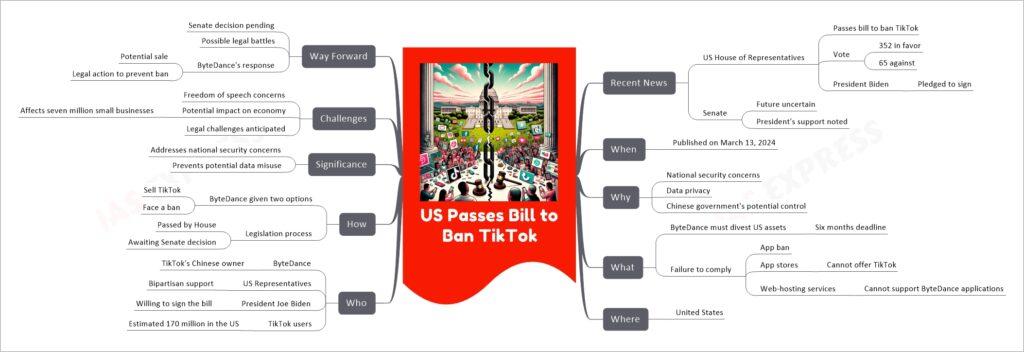
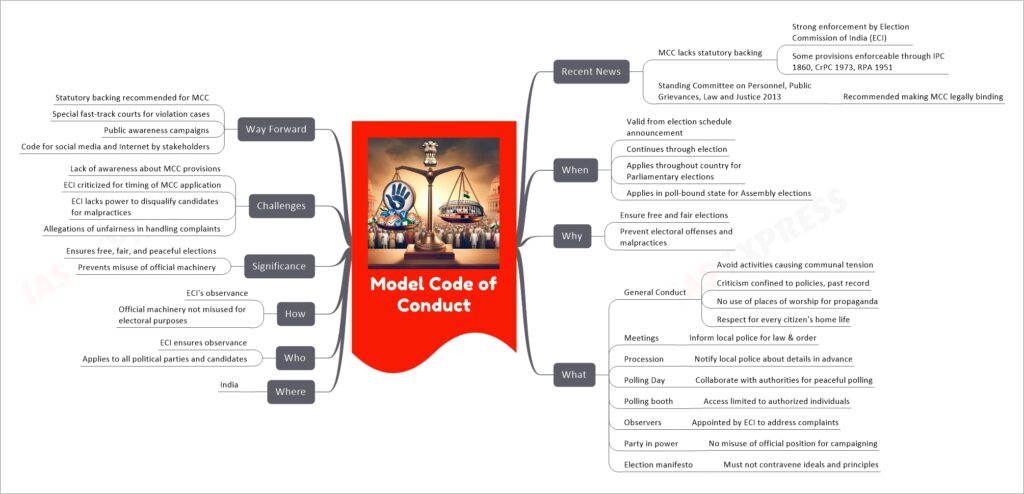
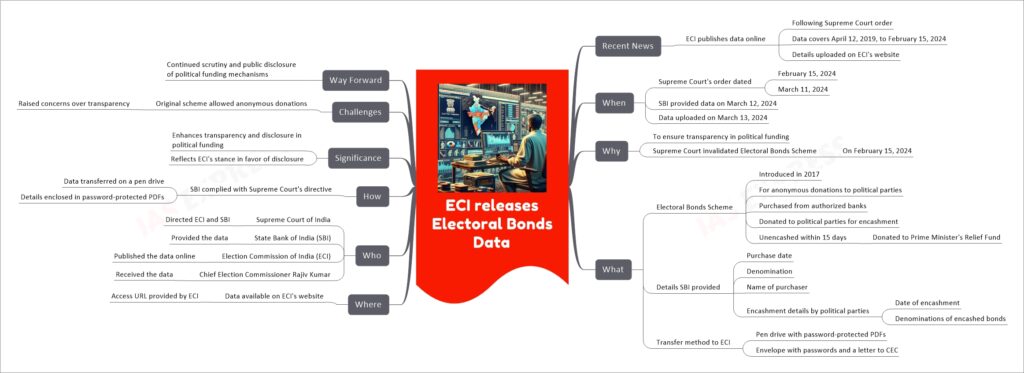

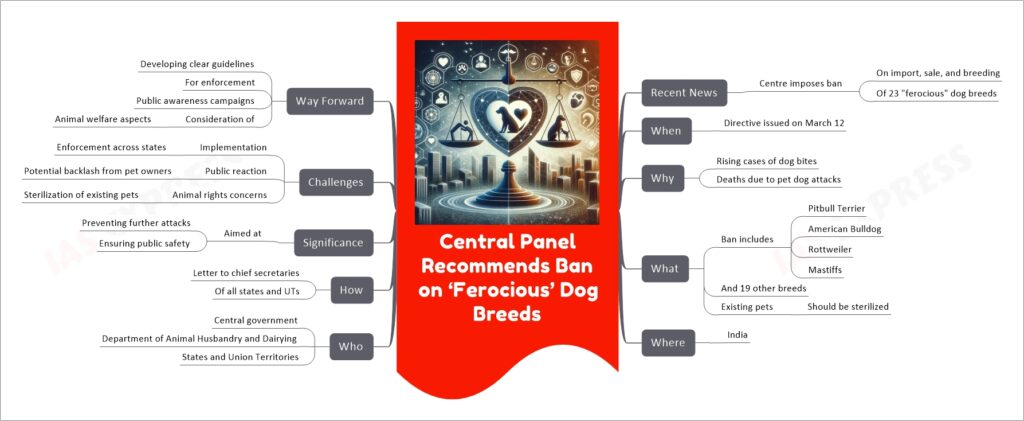
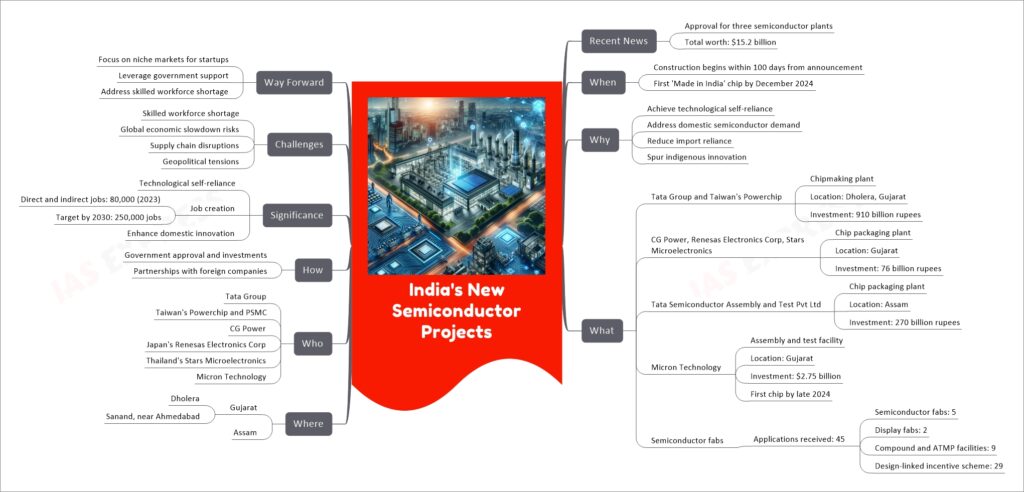
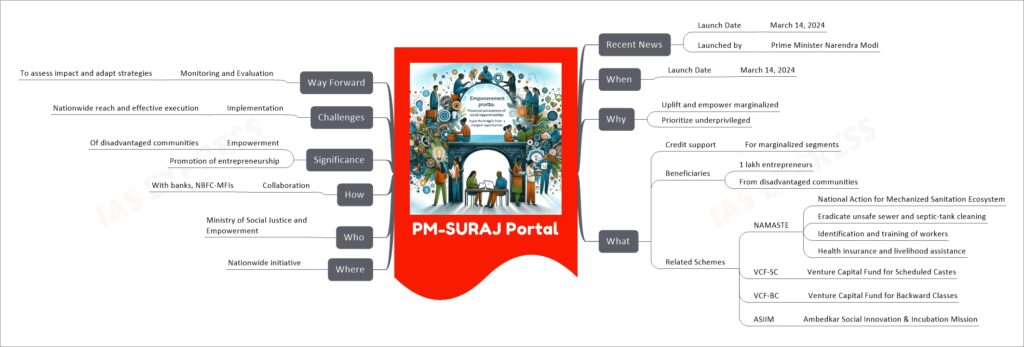
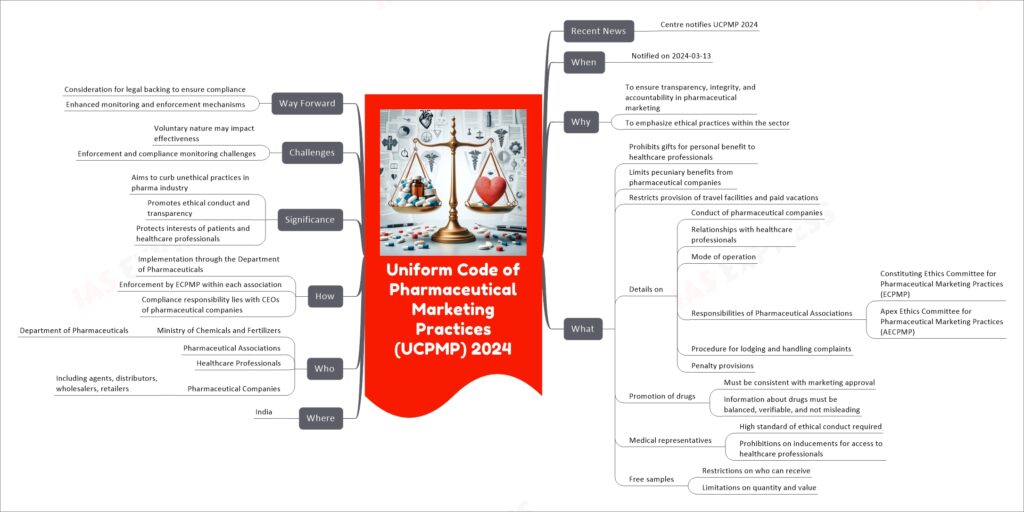
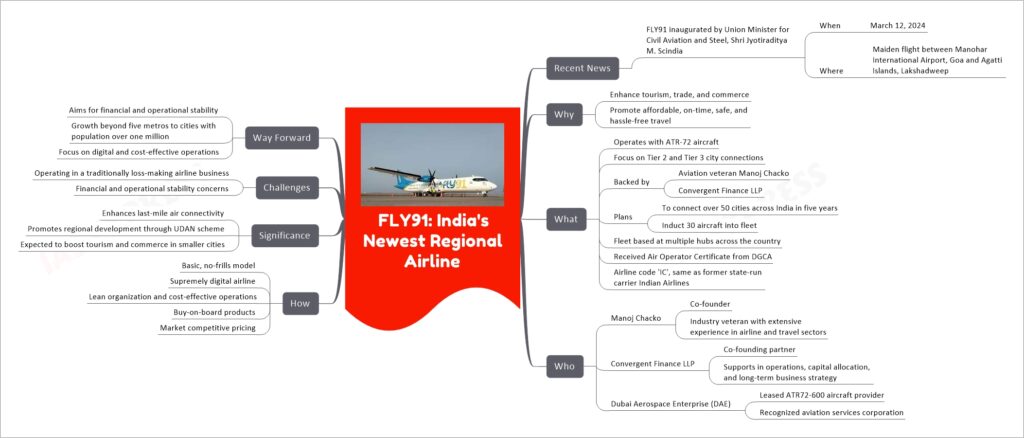
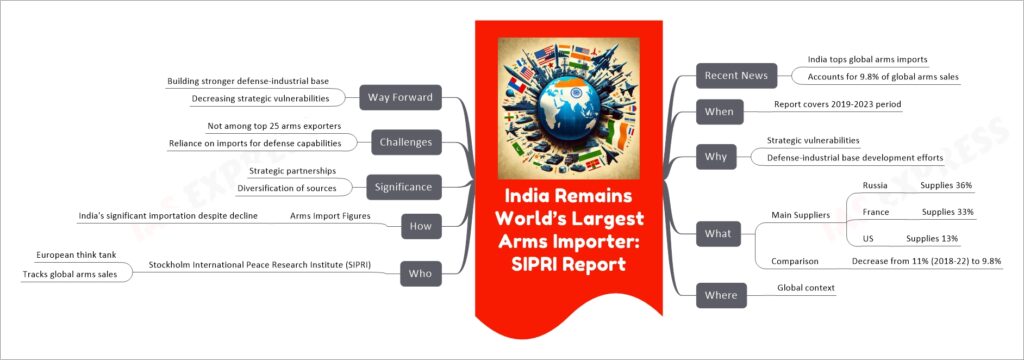

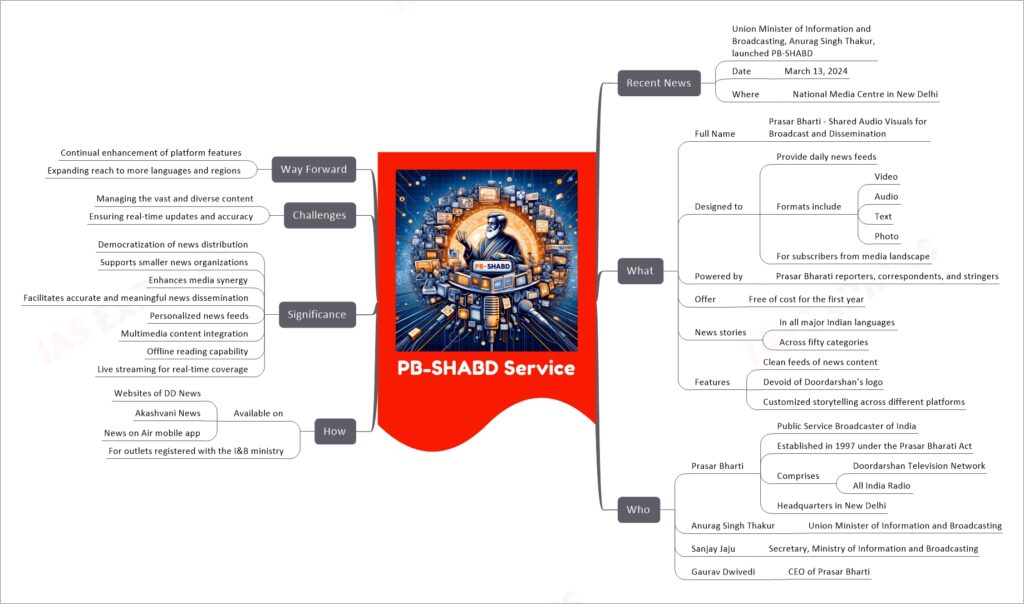
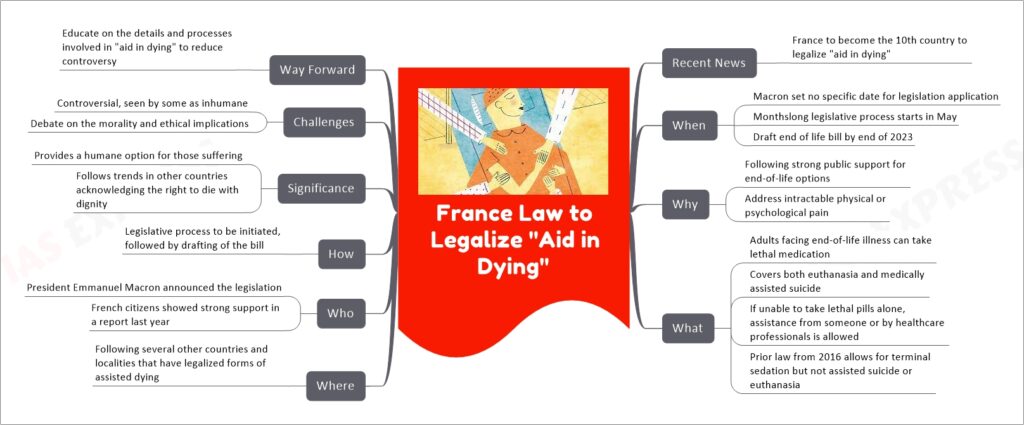
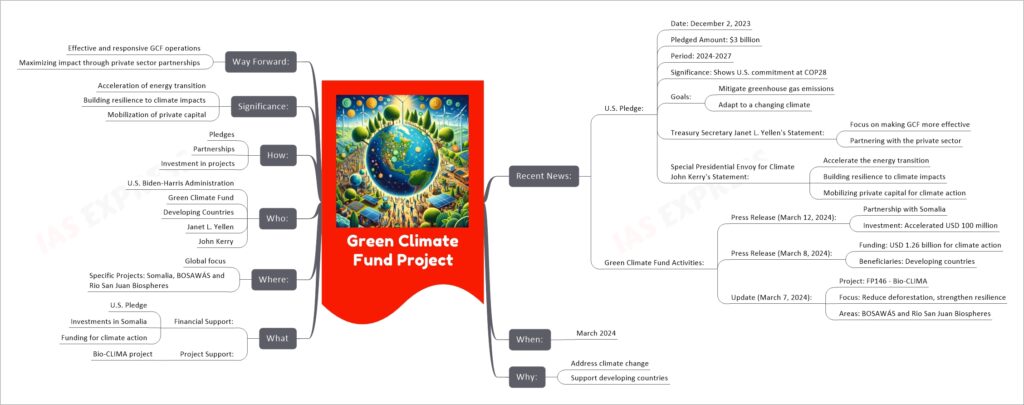
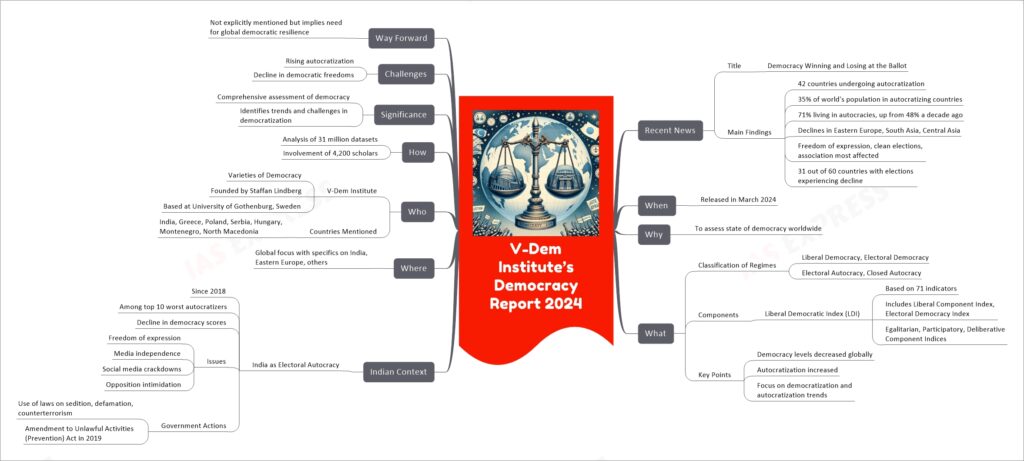

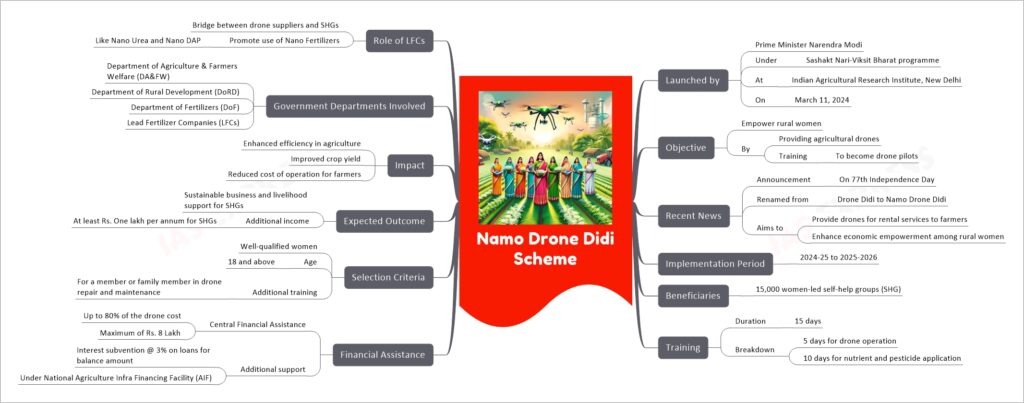
If you like this post, please share your feedback in the comments section below so that we will upload more posts like this.
